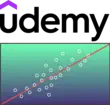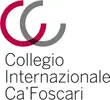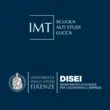
Tenure-track Faculty Positions Vacancy!
Sun Yat-sen University












Professor Dennis Novy from the University of Warwick's Department of Economics has taken up his role as Chief Economist and Director of Analysis at the UK Foreign, Commonwealth & Development Office (FCDO).



Shekhar Aiyar has been appointed as the new Director and Chief Executive of the Indian Council for Research on International Economic Relations (ICRIER).

Morningstar, Inc. has agreed to purchase the Center for Research in Security Prices (CRSP) from the University of Chicago for $375 million.



